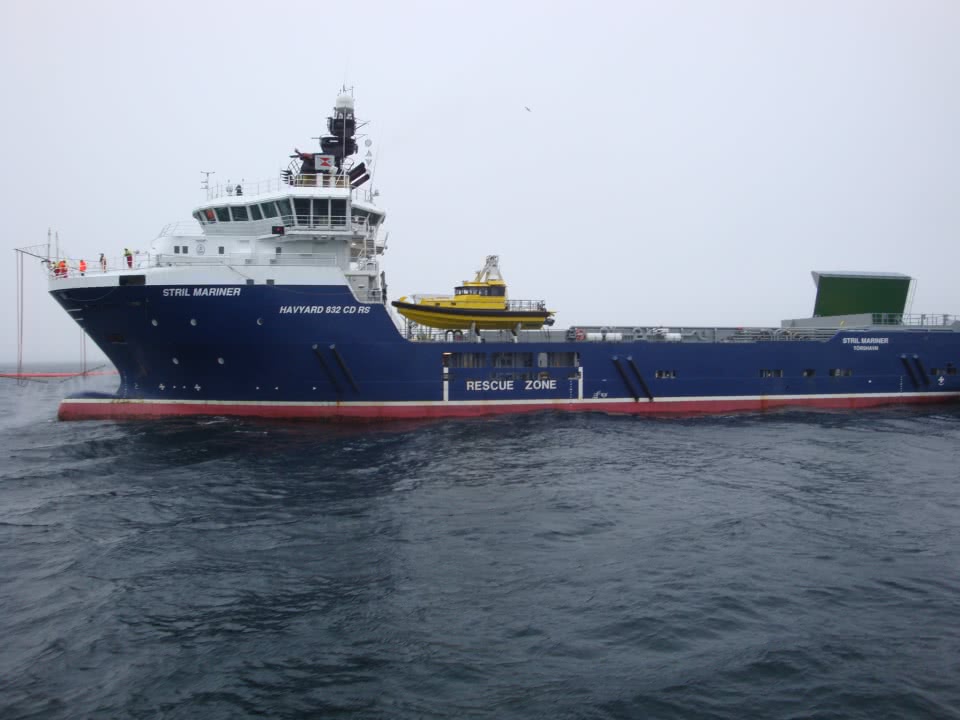In May, Toni Frisby (WCMRC, Project Manager) and Trevor Davis (WCMRC, South Coast Area Manager) travelled to Norway to learn more about that nation’s spill response regime as part of our internal benchmarking project. At the end of June, Mark Johncox (WCMRC, Finance Manager) joined a separate Canadian delegation that was also on a fact-finding mission to Norway.
Norway’s spill regime offers some interesting lessons for WCMRC. The country has a similar coastline to Western Canada, they also rely on a “polluter pays” model and their regime is considered one of the best in the world.
The Norwegian model consists of three levels of spill response:
- Municipal Preparedness: Norwegian municipalities are tasked with responding to small spills
- Norwegian Coastal Administration (NCA): The NCA is the equivalent to the Canadian Coast Guard and responds to ship-sourced spills
- Norwegian Clean Seas Association for Operating companies (NOFO): NOFO is an industry organization similar to WCMRC. They are responsible for off-shore drilling rigs
Despite some of similarities between Norway and Western Canada, there are some distinct differences between the two regimes.
- Norway is heavily involved in off-shore drilling. Developing spill response plans for stationary platforms is a vastly different undertaking than for ship-sourced spills
- The scale of Norway’s off-shore drilling industry requires significantly greater investments in vessels and equipment
- Norway is one of the few countries in the world where it is permitted to do oil-on-the-water training
- Norway’s regime is made up of multiple levels involving municipal and national governments as well as industry
Many of the lessons from the two trips will find their way into our benchmarking study, expected to be complete later in the year.

